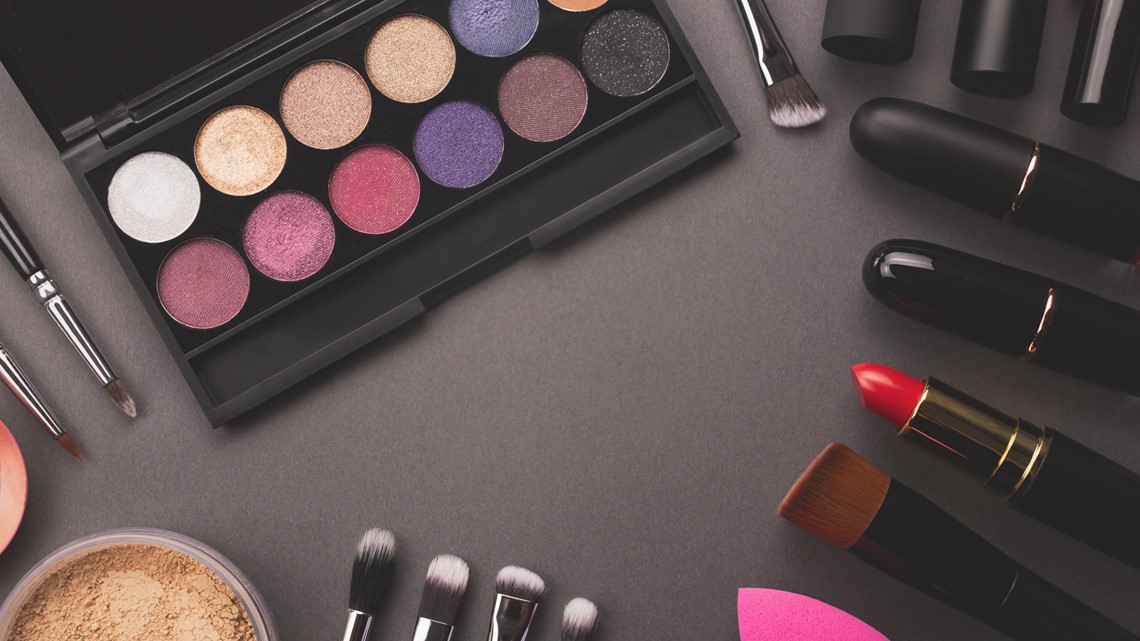Just because something is natural doesn’t mean it’s good for you.
CLEVELAND — You may have heard the word “clean” when it comes to certain cosmetic products, and perhaps associate it with products that are “natural” or better for you.
But is this always the case?
Dr. Faith Durden is a board-certified dermatologist at Western Reserve Dermatology and is also an assistant professor at Case Western University School of Medicine and says just because something is natural doesn’t mean it is good for you.
“There are a lot of products that are in use — that have been in use for years, even decades — in the beauty industry that are synthetic and completely safe,” says Dr. Durden. “But keep that in mind, it’s not just the term ‘clean products’ that delineates what we put on our skin, but it’s also a bit of a marketing tool.”
Dr. Durden also points out that you need to be very careful about how much product you use on your skin, and remember that just because something is natural doesn’t mean it’s always good for you.
“The concept of ‘clean cosmetics’ or ‘clean products’ is really not a term recognized by the American Academy of Dermatology,” says Dr. Durden. “I sometimes tease and tell my patients ‘Yeah, poison ivy is natural too, but you’re not going to rub that on your skin,’ are you?’
When it comes to the difference between clean and natural, it all comes down to two separate entities: the Environmental Working Group and the Campaign for Safe Cosmetics. Both have developed a strict policy regarding certain products in personal care products.
“I understand that just because a product is clean doesn’t necessarily mean it will be natural,” says Dr. Durden. “So there are synthetic products that both entities say are fine. In 1938, the federal Food, Drug, and Cosmetic Act was enacted, and it was the first time a government agency was involved. dealt with issues related to the products we put on our skin.
The Environment Working Group and the Campaign for Safe Cosmetics felt there were still more products that should be banned when it comes to ingredients in cosmetics or skincare, according to Dr Durden , including, but not limited to: toluene or parabens, and some products that are commonly used in sunscreens, such as oxybenzone.
“The concept of clean cosmetics was born out of the idea that there are certain products that consumers absolutely should not use,” says Dr Durden. “So while these ingredients are full on the Personal Care Products Council’s list, they are considered prohibited or not recommended by the Environmental Working Group or the Campaign for Safe Cosmetics.”
When it comes to what ingredients to avoid getting on your skin in makeup and skincare, Dr. Durden says that most of the time, personal experience will tell you what to avoid.
“One ingredient that the Environmental Working Group says is good, as far as I can tell, is something called propylene glycol – which is also commonly used in many other non-clean products if you will – but nonetheless, it’s a common synthesizer,” says Dr. Durden. “The American Academy of Dermatology also agrees that we need to be careful about the types of sunscreens we use. We are starting to recommend more mineral-based sunscreens, such as iron oxides, titanium dioxide, zinc oxides.
If you’re shopping for a makeup brand or skincare line, don’t think you have to go broke. Dr. Durden says buying cosmetics from a drugstore is okay, but his top recommendations are Neutrogena, L’Oreal, and Almay brands. If you’re looking for high-end products, Dr. Durden recommends Estée Lauder, Origins, Clinique, Bobbi Brown Cosmetics, and Bare Minerals, which you can buy at a department store or cosmetics store.
“I also try to find recommended cosmetic products that are known to be non-comedogenic and have also been tested to show they are hypoallergenic,” says Dr. Durden. “These are the most important things I’m going to look for when making these patient recommendations.”
And remember, everyone has different skin types.
“Nothing is a panacea of course,” says Dr. Durden. “One thing can work for one person and not work for another, so it’s important to approach these things with an open mind and have a springboard to jump from in terms of products that are considered safe and hypoallergenic.”
So, should we turn to clean or natural products?
“I think more research needs to be done,” says Dr. Durden. “But do I recommend switching to these so-called clean products? No, not necessarily.”
The three main categories of assessment by the Environmental Working Group and the Campaign for Safe Cosmetics that determine whether an ingredient should be considered harmful are: allergen or irritant, endocrine disruptor and potential carcinogen.
*Editor’s note: The video in the player above is from a previous report.

